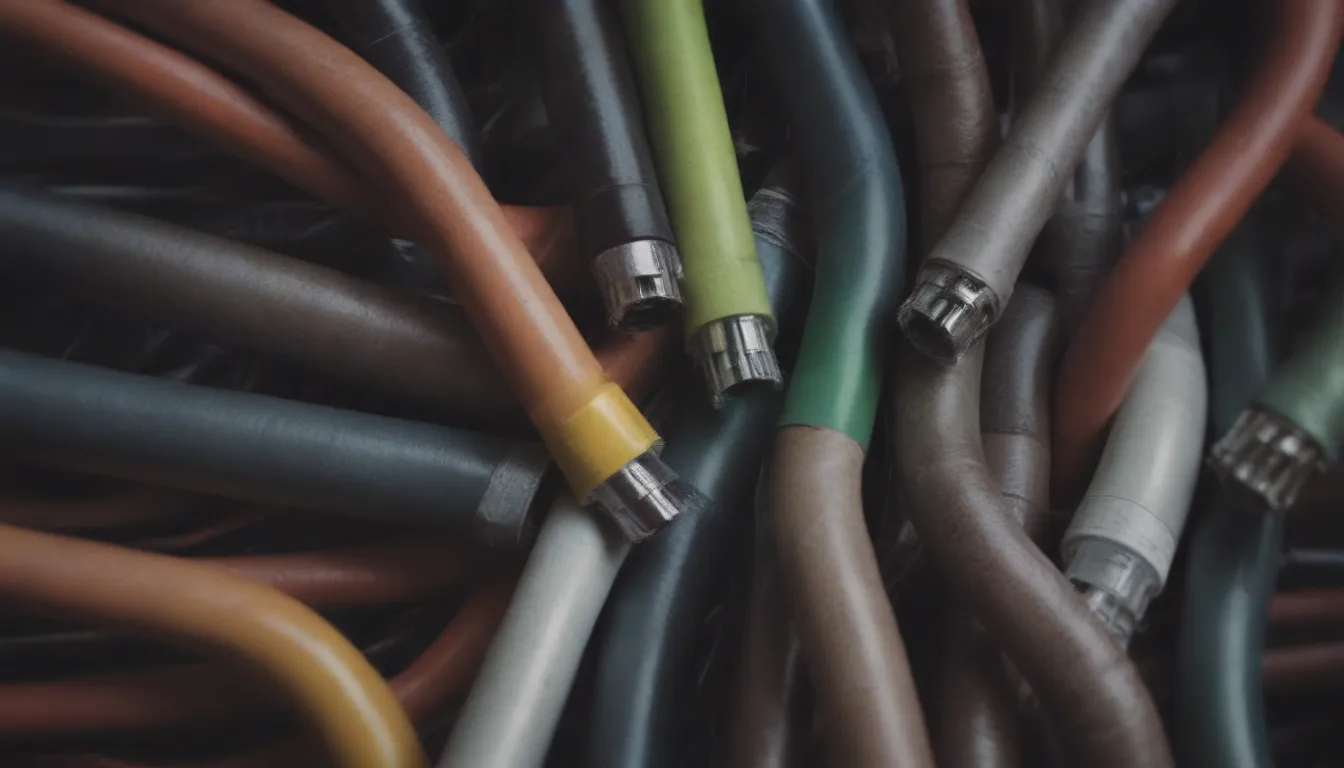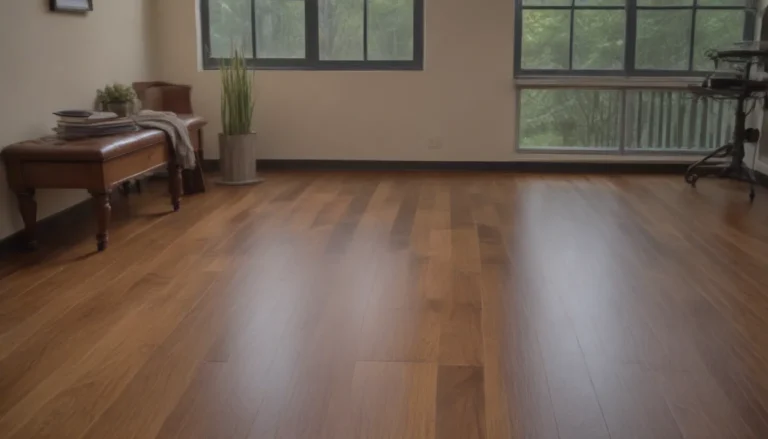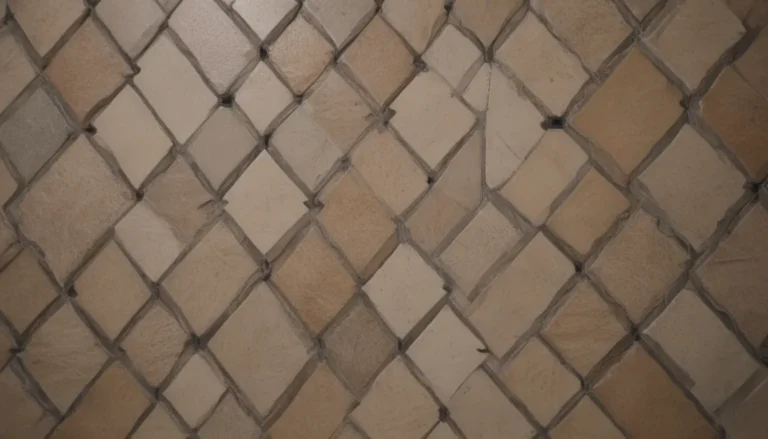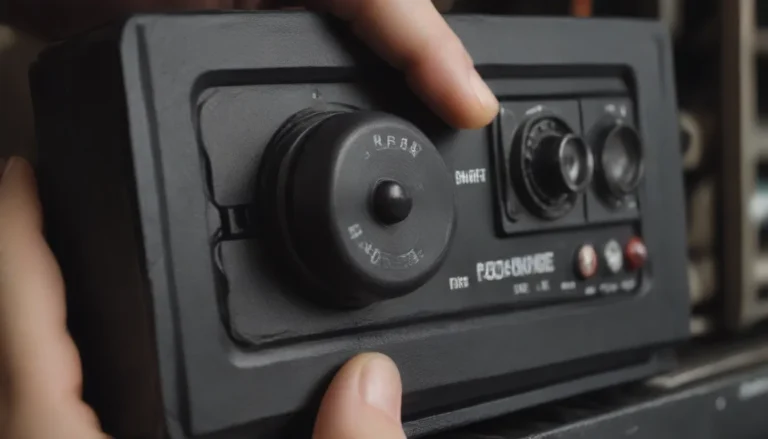The Ins and Outs of Electrical Conduits: A Comprehensive Guide

Have you ever wondered about those metal or plastic pipes that electrical wires run through? Or maybe you’re in need of replacing or installing new electrical conduit in your home or property? Whether you’re a seasoned DIY enthusiast or just looking to learn more about electrical systems, this in-depth guide will walk you through everything you need to know about electrical conduits. Let’s dive in!
Understanding Electrical Conduits
An electrical conduit serves as a protective pathway for electrical wires, ensuring safety and organization in various settings. Whether you’re working in exposed locations like the exterior of a wall or unfinished areas such as basements, crawlspaces, and attics, electrical conduits play a crucial role in maintaining a secure electrical system. Additionally, surface-mounted installations outdoors also benefit from the use of conduits.
Reasons for Installing or Replacing Conduits
There are several reasons why you might need to install or replace electrical conduits in your property. These include:
- Fulfilling Code Requirements: In all 50 states, the National Electrical Code (NEC) sets the standard for safe electrical design and installation. Ensuring compliance with these codes is essential for the safety of your electrical system and those in your property.
- Replacing Worn or Damaged Material: Over time, conduits can become worn, damaged, or outdated, posing risks to your electrical power. Addressing any issues with your conduits is crucial to prevent electrical hazards like short circuits or fires.
Remember, when it comes to electrical work, it’s always best to seek the assistance of a professional electrician. Dealing with live wires requires caution and expertise, making it a task best left to the professionals.
Types of Conduits
Electric conduits come in various types, each designed for specific applications and requirements. Here are some common types of residential wiring conduits:
- Electrical Metallic Conduit (EMT)
- Flexible Metal Conduit (FMT) and Liquid-tight Flexible Metal Conduit (LFMC)
- Non-Metallic Liquid-tight Flexible Conduit
- Rigid Metal Conduit (RMC)
- Intermediate Metal Conduit (IMC)
- Electrical Non-Metallic Tubing (ENT)
- PVC Conduit
Understanding the different types of conduits and their applications can help you choose the right option for your electrical needs.
Conduit vs. BX Wiring
While electrical conduits and BX wiring may seem similar at first glance, they serve distinct purposes. BX wiring, also known as armored cable, encases individual wires in a metal shell, similar to conduits. However, BX wiring is not suitable for damp or wet locations according to electrical codes, unlike certain types of conduits that can be used in these conditions.
Wiring and Conduits
One key difference between conduits and cables is how the wires are installed. Conduits are hollow tubes through which wires are pulled during installation, while cables consist of wires encased in a protective sheathing. For wiring inside conduits, THHN and THWN wires are commonly used. These wires are individual, insulated, and color-coded, similar to the wires found in NM cable.
Grounding a Conduit With a Raceway
Conduits always terminate at electrical boxes or fixed equipment, forming a wire enclosure system known as a raceway. A raceway provides a physical pathway for electrical wiring to follow, ensuring safety and organization. In older constructions, the metal raceway itself acted as a grounding system. However, modern electricians often include an insulated ground wire in a metal conduit for improved safety.
For a metal raceway to function as a grounding system, all parts of the raceway must be electrically connected without interruptions. Any loose connections or the use of non-metallic boxes can break the ground path, leaving the circuit ungrounded.
In conclusion, understanding the basics of electrical conduits is essential for maintaining a safe and efficient electrical system in your property. Whether you’re looking to install new conduits or replace existing ones, seeking professional guidance is always recommended for a smooth and secure electrical setup. Remember to comply with local codes and regulations to ensure the safety of your electrical system and those in your property.
By staying informed and educated about electrical conduits, you can make informed decisions and ensure the long-term safety and functionality of your electrical system. Stay safe and informed when it comes to electrical work, and always prioritize safety above all else.
We hope this guide has provided you with valuable insights into the world of electrical conduits. Happy wiring!
Sources:
– National Electrical Code
– National Fire Protection Association
– National Electrical Code, Article 320 Armored Cable: Type AC





